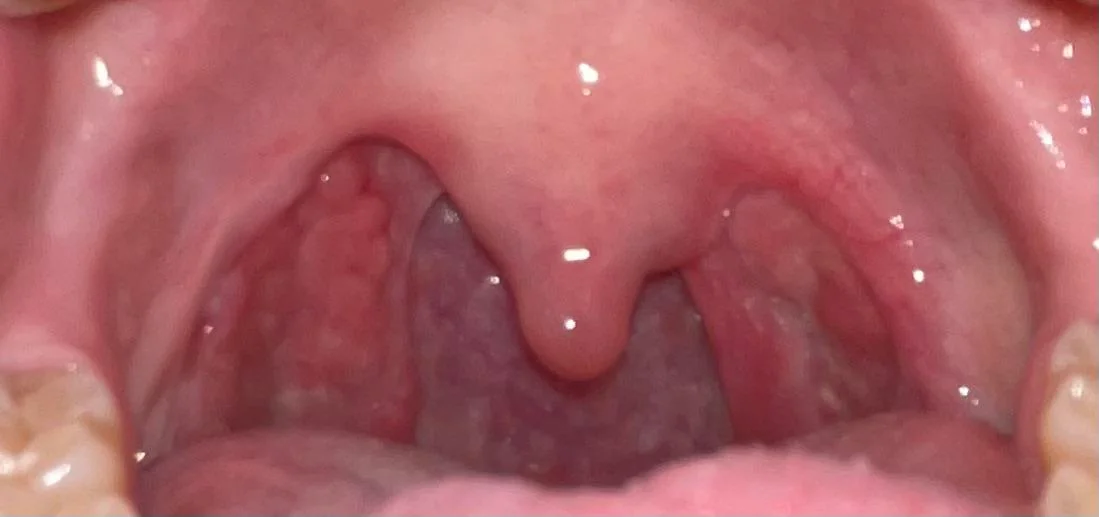Tonsillectomy, the surgical removal of the tonsils, is a common procedure, especially for children who frequently suffer from tonsil infections or obstructive sleep apnea. This surgery usually greatly improves quality of life. However, it brings up an interesting question: Can tonsils grow back after they’ve been removed?
Exploring the Possibility of Tonsil Return
Tonsillectomy, the surgical removal of the tonsils, is a common procedure often performed to treat chronic tonsillitis or obstructive sleep apnea. A question that frequently arises post-surgery is: Can tonsils grow back after being removed? This article delves into the nuances of this phenomenon, exploring the nature of regrown tonsils, the factors that might influence their return, and what this means for individuals who have undergone a tonsillectomy.
Nature of Regrown Tonsils
Tonsils are made of lymphatic tissue, similar to the glands found in the neck, groin, and armpits. These tissues play a crucial role in the body’s immune response. Generally, a tonsillectomy removes most of this tissue, but if small remnants are left behind, they can potentially regenerate. However, the regrowth is not always significant enough to cause problems or require further treatment.
Factors Influencing Tonsil Regrowth
The likelihood of tonsil regrowth largely depends on the surgical technique used. Traditional methods, which scrape the tonsils out, might leave more tissue remnants compared to more modern techniques like laser or electrocautery, which are more thorough. The patient’s age and immune response also play roles in whether tonsil tissue can regenerate.
Clinical Evaluation and Management
If symptoms reminiscent of previous tonsillar issues reoccur, doctors might suspect tonsil regrowth. Evaluation involves a physical examination, possibly followed by imaging or a biopsy to confirm the presence of regrown tissue. Management strategies are tailored to the individual’s symptoms and the extent of the regrowth, ranging from watchful waiting to another surgical intervention.
Crucial Role of Tonsils in Immune Defense
Tonsils are the first line of defense in the immune system, trapping pathogens that enter through the mouth or nose. Despite their role, their removal does not typically compromise the body’s ability to fight infections, as other parts of the lymphatic system compensate for their absence.
What to Expect After Tonsil Removal
Post-tonsillectomy, patients often experience a significant decrease in the frequency and severity of throat infections. However, it’s crucial to monitor any symptoms that might indicate tonsil regrowth, such as sore throat, difficulty swallowing, or sleep apnea, which are similar to those that might have necessitated the tonsillectomy initially.
Medical Monitoring
Regular follow-ups with a healthcare provider are essential after a tonsillectomy, especially for patients who continue to exhibit symptoms indicative of tonsil tissue. These check-ups help ensure that any potential regrowth is managed promptly and effectively.
Research and Advances in Tonsillectomy
Advancements in medical technology and surgical techniques continue to evolve, enhancing the effectiveness and reducing the recurrence of tonsil tissue. Research is also ongoing into the immunological impacts of tonsillectomy and the long-term outcomes of those who have undergone the procedure.
Conclusion
While the regrowth of tonsils after removal is relatively rare, it is a possibility that patients and clinicians should be aware of. Advances in surgical techniques have made regrowth less likely and easier to manage when it does occur. Continuing research and patient education remain crucial in addressing any complications arising from tonsillectomy and ensuring optimal long-term health outcomes.
FAQs
1. Is it common for tonsils to grow back after a tonsillectomy?
It’s relatively uncommon for tonsils to grow back after a complete tonsillectomy. However, regrowth can occur, especially if the removal was partial or if remnants were left behind.
2. How can I tell if my tonsils have regrown after surgery?
Signs of tonsil regrowth include the recurrence of symptoms like sore throats, difficulty swallowing, and throat infections that were common before the tonsillectomy.
3. What are the chances of tonsil regrowth after a partial tonsillectomy?
Partial tonsillectomy involves removing less tissue, which increases the likelihood of regrowth compared to a complete tonsillectomy, but it is still generally low.
4. What should I do if my tonsils regrow?
If you suspect your tonsils have regrown, consult your healthcare provider. They might recommend monitoring the situation, medication, or in rare cases, another surgery.
5. Does tonsil regrowth affect children and adults differently?
Tonsil regrowth can occur in both children and adults, but children might be more susceptible due to their naturally higher regenerative capabilities and the commonality of partial tonsillectomies in pediatric cases.

